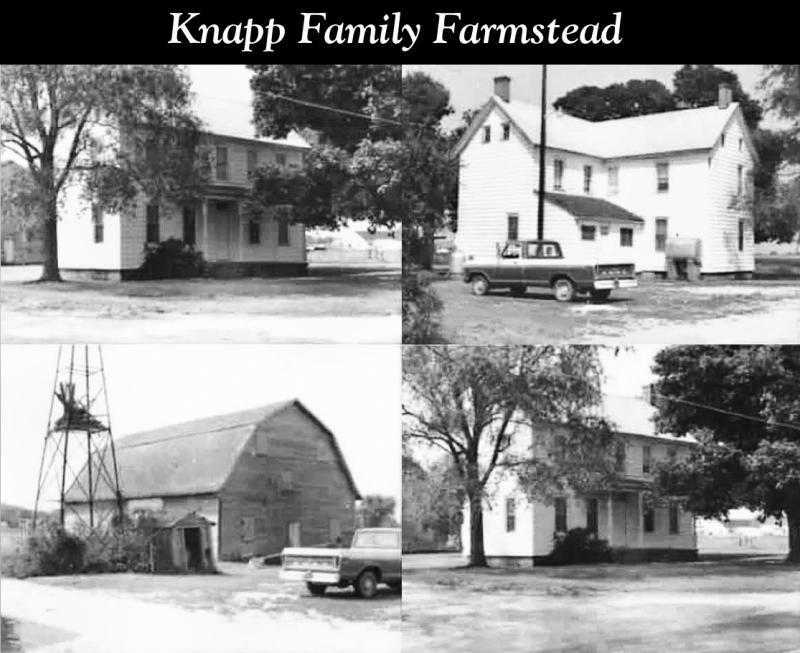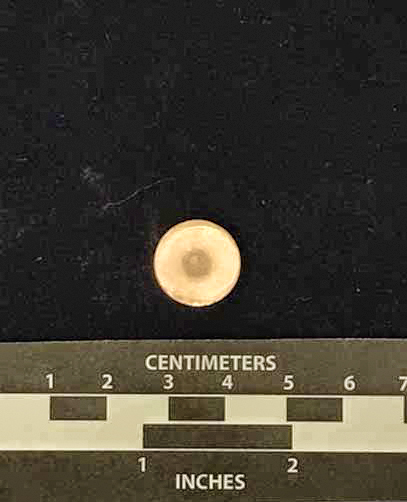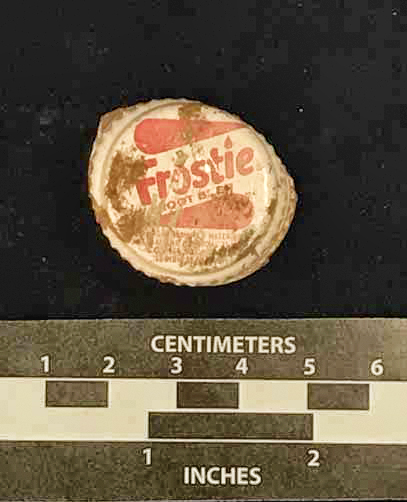DelDOT study: Old Lewes farmland not nationally historic

An archeological survey of the former Knapp family farm, a property previously owned in the early 1800s by African American Thomas Prettyman, has recovered over 1,000 artifacts. However, the site near Belltown, on the corner of Plantation and Beaver Dam roads, was disturbed during demolition of the old structures that previously occupied the site, which has been deemed ineligible for the National Register of Historic Places.
Kyle Edwards, Delaware Department of Transportation archaeologist, said the survey was done on the undeveloped lot across the street from Lowe’s in advance of traffic improvements slated for the Five Points intersection in Lewes. He said the state conducts these surveys to prevent the destruction of important historic sites when possible, and to help preserve sites that are significant to local, regional, or national history.
According to the report, conducted by Pennsylvania-based A.D. Marble and released in July, the farmstead was active from the mid-19th century through the late 20th century and included seven buildings during the 1990 assessment of the property. The structures were demolished in the early 2000s.
Edwards said the demolition of the buildings limits information that can be learned from recovered artifacts, because it is more difficult to determine how, when, why, or where items were discarded or how the artifacts related to activities occurring at the site.
Originally, the report said, the farmstead was constructed and owned by African Americans in the 19th century. It wasn’t until 1915 that the farmstead fell under the ownership of white landowners. The report said very few of the artifacts recovered were from the African American property owners. According to a deed-chain summary in the report, the earliest known African American property owner was Thomas Prettyman before 1814. Ultimately, Leslie G. and Maude Knapp purchased the property from Ernest M. Jefferson in 1934.
Edwards said if a site were determined to be potentially significant, a second phase of excavation would be conducted to evaluate the integrity of the site, determine exactly how it contributes to the understanding of history, and assess its eligibility for the National Register of Historic Places. If a site is determined to be eligible, said Edwards, DelDOT then has to determine whether the proposed road project will impact or destroy the archaeological site. In some cases, road improvements or construction activities can be modified in order to avoid the site altogether, which is always the preference, he said.
Edwards said if the road design cannot be altered, then DelDOT must complete a mitigation project to offset impacts to the site. This ensures that any significant historical information can be documented prior to destruction of the site and that information can be preserved for future study, he said.
Edwards said the site may not be preserved or listed on the national historic registry, but information was collected, and the full report is available for the public. He said the collected artifacts are now at the state curation facility in Dover, where they can be accessed by researchers.
Chris Flood has been working for the Cape Gazette since early 2014. He currently covers Rehoboth Beach and Henlopen Acres, but has also covered Dewey Beach and the state government. He covers environmental stories, business stories and random stories on subjects he finds interesting, and he also writes a column called Choppin’ Wood that runs every other week. He’s a graduate of the University of Maine and the Landing School of Boat Building & Design.

























































